Myths, Secrets, Lies, and Truths: Photography from the Doug McCraw Collection
12th June, 2024 – 13th October 13, 2024
Boca Raton Museum of Art
501 Plaza Real
Boca Raton Florida 33432
The exhibition of 100+ works from the Doug McCraw Collection is an original presentation by the Museum, and was curated by Kathleen Goncharov, the Museum’s Senior Curator. These artists capture moments that transcend boundaries of insight.
Doug McCraw is the co-founder of one of South Florida’s cultural gems: the FATVillage Arts District which is McCraw’s project that promotes creativity, artist residences, exhibitions, research, and education. McCraw loaned these 100+ works from his collection to the Boca Raton Museum, for this new exhibition.
The Boca Raton Museum of Art is located at 501 Plaza Real in Mizner Park, a shopping, dining, entertainment, residential and arts district in downtown Boca Raton (map and directions).
Sheila Pree Bright presents works from her Young Americans series, in which she invited young people, of all backgrounds and in cities across the country, to pose with the flag in ways that felt comfortable (while recording their personal stories of what the flag means to each of them).
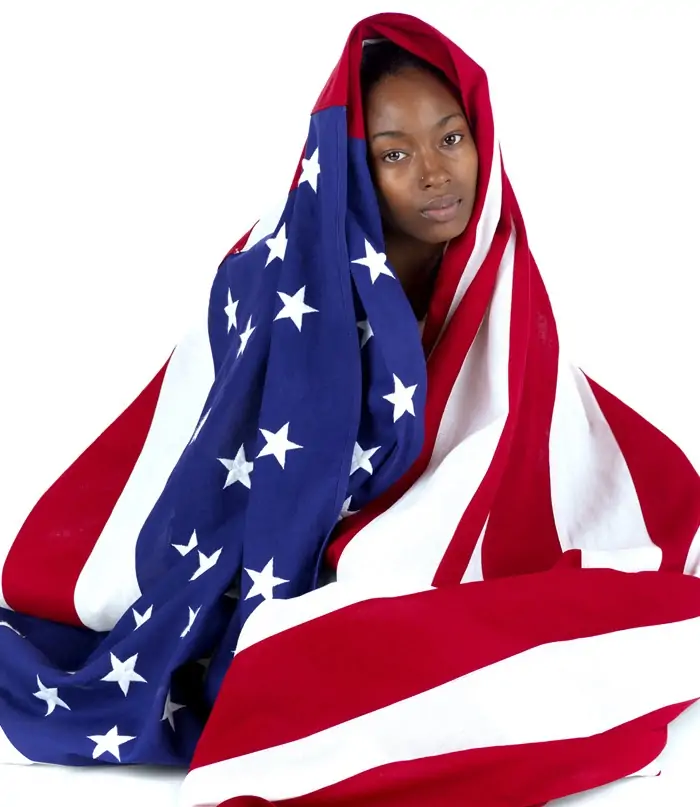
(from the Collection of Doug McCraw)
Bright wanted this series to focus on diverse young Americans who are new to the voting system, and who are still exploring ideas of what it means to be American. In some ways, this series by Bright may be the most timely of the exhibition, due to the impending elections and the pivotal youth vote.
Bright has appeared in the 2016 feature-length documentary film “Election Day: Lens Across America.” The artist encouraged her subjects to use their own clothing, props and poses to “give them a platform to speak for themselves.”
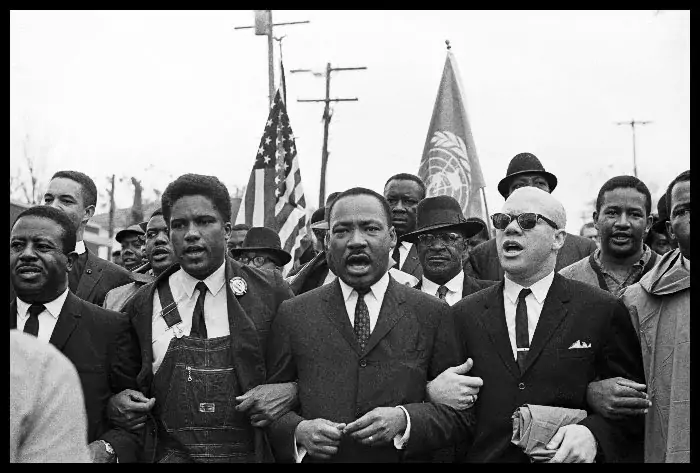
The artist encouraged her subjects to use their own clothing, props and poses to “give them a platform to speak for themselves.” Bright is often described as a “cultural anthropologist.” She especially wanted to examine the attitudes and values of Millennials/Generation Y, (people born in the 1980s through the late 1990s, most often the children of Baby Boomers).
The photographs in this series respond to negative portrayals of Millennials in our culture. Museumgoers will hear audio recordings alongside each photo, recordings of her subjects expressing their personal feelings toward the flag.
Spider Martin was an acclaimed newspaper photojournalist known for his iconic photographs taken during the 1960s Civil Rights movement. Martin’s historic images from the 1965 Selma to Montgomery March documented protests by African Americans demanding the right to vote.
While working as a young new photojournalist at The Birmingham News, Martin captured the historic photo Two Minute Warning (pictured below), showing state troopers about to attack peaceful marchers with batons and tear gas, after the marchers crossed Edmund Pettus Bridge from Selma into Dallas County.
The incident was pivotal in the Civil Rights Movement, and is known as Bloody Sunday.
Three of Martin’s photographs from that day in 1965 were enlarged to serve as the centerpiece for this exhibition, providing a powerful large-scale emphasis that expresses the drama of this critical moment in history. They are part of a series of photographs titled Selma Is Now. Martin’s collection contains thousands of photographs, clippings and other notes — much of it previously unpublished before it was acquired by the University of Texas. The producers of the movie Selma used Martin’s photographs to recreate scenes for the film.
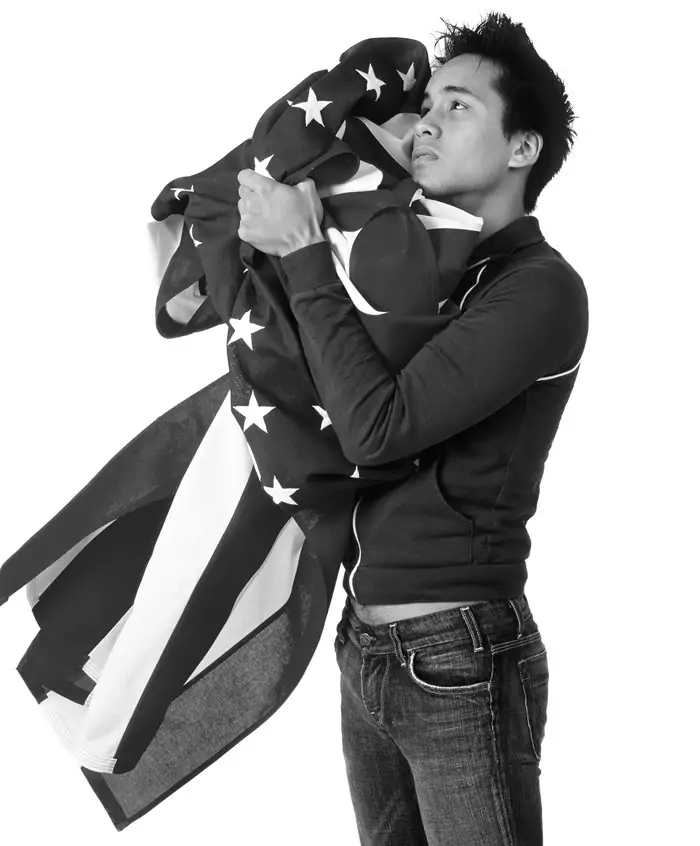
From the Spider Martin website ‒ Often the target of violence himself, Spider stayed on the scene of these Civil Rights protests when he could have asked for relief from his newspaper editors. His bosses at The Birmingham News released Martin from his assignment after Bloody Sunday, hoping it would all go away if they stopped publishing his photos. But Martin won out his argument to stay on, and with his camera covered these activities day by day, event by event.
Because of his continual presence in and around Selma, Martin and his camera became easily identifiable targets, despised by racists and public officials whose acts of violence and intimidation suddenly were being exposed.
Martin faced beatings and death threats to capture through his lens the most iconic images of a movement which changed a region and a nation. He fought back with his camera, and with photographs that didn’t lie. They appeared in national and international publications and were seen around the world.
Hank Willis Thomas is known for exploring American consumer culture, and the history of how corporate imagery in advertising campaigns showed a lack of respect towards African Americans through the years via print advertisements.
His series investigates the subtle and not so subtle ways in which this influential imagery reinforced ideas about race and race relations. Most of the works in this exhibition are from his series titled Unbranded: Reflections in Black by Corporate America.

The series explores fifty years of ads that targeted a Black audience or featured Black subjects. Ads starting in 1968 (the year of social and political protest and the assassination of Martin Luther King, Jr.), through 2008 (the year when the first African American president was elected).
When looking at these works, the viewer quickly experiences a mind-twist when realizing that Thomas did not actually take these photos. Instead, he has appropriated the images from outdated magazine pages and removed all of the wording, product names, slogans and logos from each ad, keeping only the original photos. This makes the images stand out even more.

Original ad photo from 1991; this ad photo was re-conceptualized by Thomas in 2007 (from the Collection of Doug McCraw).
The end result is a re-imagined version of each original ad, showing how white ad executives at the time got away with creating these depictions for marketing campaigns. Writing in The Guardian, the art critic Arwa Mahdawi stated: “Thomas’s work ‘unbrands’ advertising: stripping away the commercial context, and leaving the exposed image to speak for itself.”
Thomas then pairs a befitting title for each re-imagined work, further underscoring how disrespect, stereotypes ‒ and, in some cases, outright racism ‒ were prevalent in advertising aimed at Black Americans.
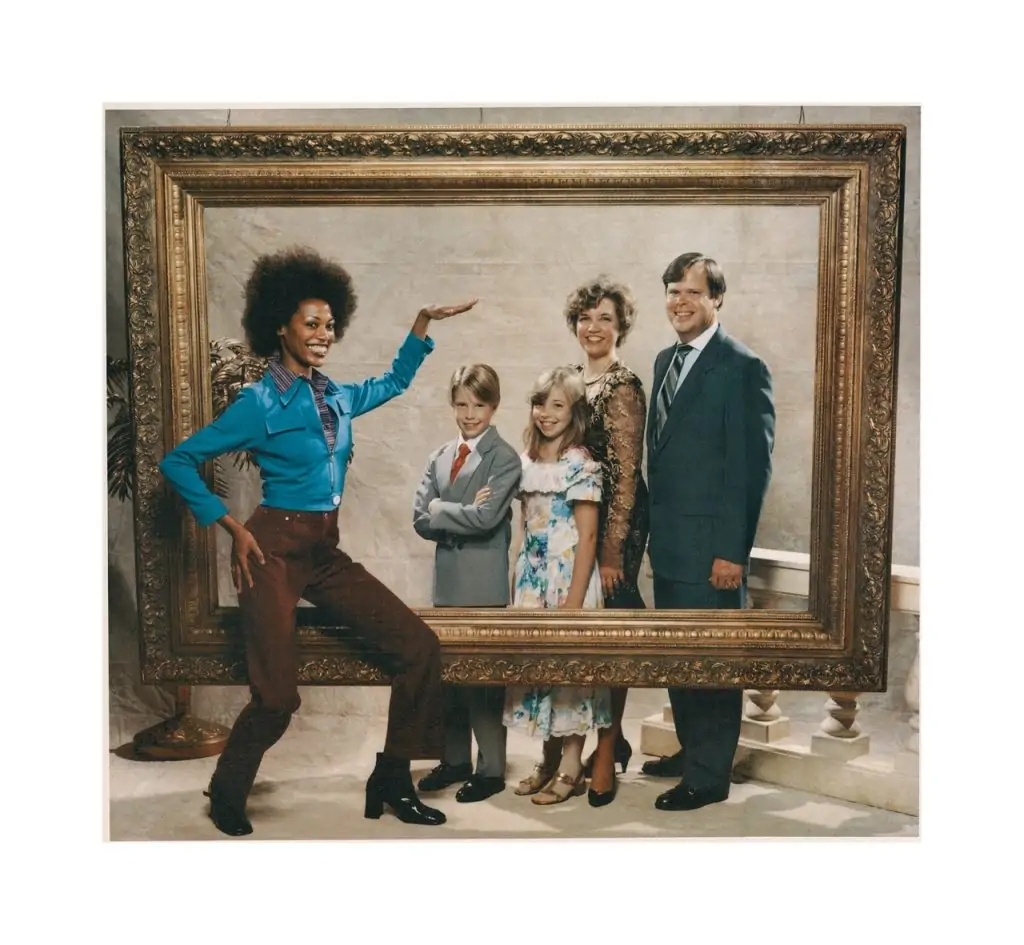
Original ad photo from 1997; this ad photo was re-conceptualized by Thomas in 2008 (from the Collection of Doug McCraw).
Some of his apt titles include: “Slack Power, 1969/2006,” “Now there’s a doll that can make a real difference in her life: Shani, the first black Barbie, 1991/2007,” “Celebrate your Specialness, 1997/2008,” and “The Mandingo of Sandwiches, 1977/2007.” The two years in each title represent first the year of the original ad, followed by the year that Thomas re-conceptualized each image.
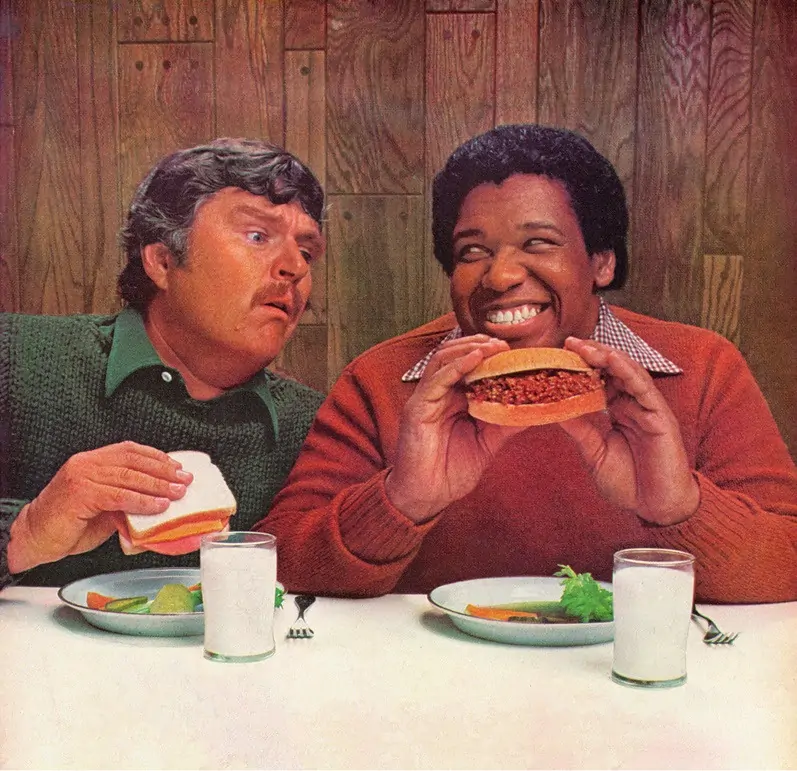
Myths, Secrets, Lies, and Truths: Photography from the Doug McCraw Collection opens on the 12th of June, 2024 until the 13th of October 13, 2024 at Boca Raton Museum of Art
©2024 Doug McCraw Collection




